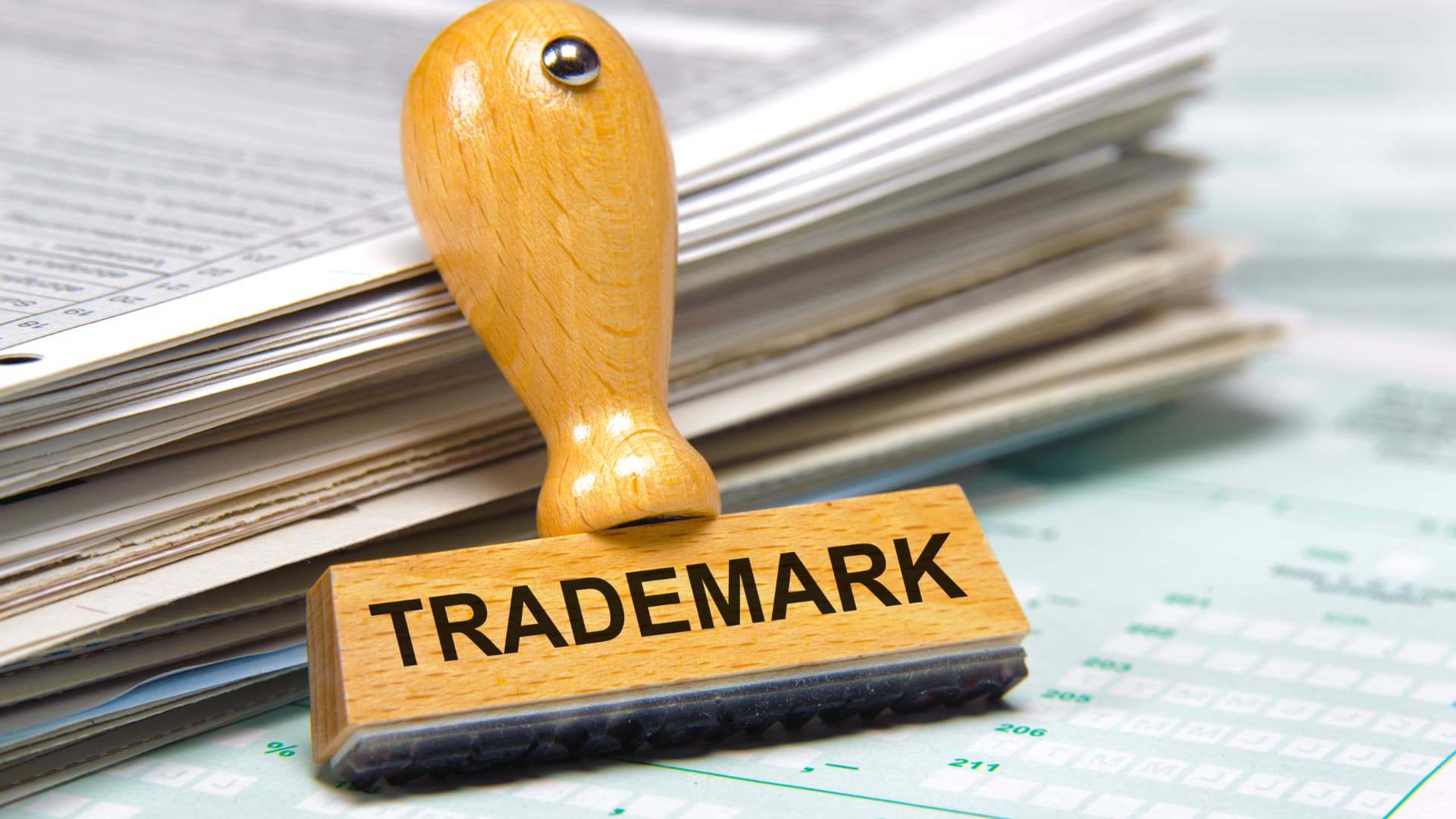Key Guidelines when using a Trademark in Florida
The following is a list of 9 Key Guidelines when using a Trademark in Florida (as well as, throughout the rest of the United States) to maximize a company’s likelihood of an approval of its application and to ensure the strongest mark possible.
What to keep in mind with your Trademark in Florida
This guide is particularly useful to business owners and marketers alike who regularly promote their business’s brand(s). It’s important to remember that consistent protective measures should be taken from the moment a mark is adopted by a company to ensure its validity regardless of whether or not a registration application has been filed.
In fact, many companies consider implementing training and rules related to the use of their company’s registered trademarks to avoid unintended challenges to its use and ultimate registration.
The following list will help any business owner get started with the creation a reliable and consistent plan for the use of their trademark, as well as a compelling defense in the event it is ever challenged.
1. Use the Trademark as an Adjective
When using a good or service mark in print and/or online, it is best to use the trademark as an adjective rather than a verb or noun. Using the trademark as a verb or noun runs the risk of making the mark generic and unprotectable.
However, it is advisable to use the noun following the trademark to describe the class of good or service that corresponds to the product/service.
One of the more popular examples of this suggestion is the use of the word google. The correct usage would be: Do a Google® search” rather than “Google it”.
2. Don’t alter your Trademark
It is also advisable not to use a trademark in Florida (and elsewhere in the US) in its possessive or plural forms and not to alter it by changing its spelling, inserting or deleting hyphens, combining/dividing words, etc.
Use of the trademark should be exactly as it is registered (or intended to be registered if an application is not yet filed) to avoid unnecessary challenges and problems in the future.
3. Correct usage with Model or Product numbers
If there is a model or product number, it should always follow the generic noun description, not the trademark itself. For example, Samsung® smartphone SM-S908U rather than Samsung® SM-S908Usmartphone.

4. Always use a Trademark Notice
If the trademark has already been approved by the USPTO (or the Florida Department of State, if only a state registration is sought after), the owner should always use a trademark notice along with the mark (i.e. ®) It should be noted that if the mark is not yet registered, then the TM or SM symbols should be used to indicate that the mark is in fact the trademark of the specific business.
These trademark notices should be used on all uses of the mark including all products, labels, informational documents, advertising/promotions and websites and other online presence.
However, note, that the trademark notice symbol should only be used when identifying the product or service and not when referring to the company itself. For example, Samsung sells several types of products, including Samsung® monitors.
5. Usage with more than one Trademark
If more than one trademark is being used side-by-side, then trademark symbols should be used for each mark.
6. Differentiate the Trademark
Company materials should always differentiate the trademark with the use of capitalization, italics etc.
7. Trademarked Logos
When a company’s logo is trademarked, it should be used in the exact form that it was registered. Unique marks should not be developed and used in internal documents etc. that do not conform with the logo publicly utilized.
8. Trademark Attribution Statement
Whenever possible, a company should use a trademark attribution statement that identifies the company as the legal owner of the trademark. Similarly, to the trademark notice, this statement should be used in all instances possible, such as the product labels, marketing materials etc.

9. Brand Usage
As it can be difficult to articulate the distinction between a trademark and the mark’s owner (which may also be trademarked), it is important not to use the company’s name immediately preceding the trademark during the verbal use of a trademark.
Similarly, it is important to replace the trademark symbols that would otherwise be used in printed/online communication with the word “brand” to communicate that the brand is trademarked.
Conclusions
While this list provides cursory guidance as to the use of a trademark, there are several factors that should be considered prior to selecting the right mark, including the consultation with an experienced trademark attorney.
For a more in depth review of some of the initial considerations a business owner should contemplate prior to using a trademark in Florida (and throughout the US), check out our prior article: The Trademark Process: Pre-filing Considerations.
Side note: Trademarks may be registered both with an individual state or federally. However, those registered with an individual state only provides protection within that specific state while federally registered trademarks are protected throughout the nation. In Florida, applications may be filed with the Florida Division of Corporations via www.Sunbiz.org.
However, similarly to federal trademark filings, having an experienced and proactive trademark attorney by your side throughout the process is invaluable. To learn more about how we may be able to assist you with your trademark application process, contact a qualified trademark attorney.
Welcome to ASR
Welcome to ASR Law Firm! If you’re seeking a welcoming, friendly, and proactive team to help you with your transactional legal matter, I would be honored to speak with you. Let’s schedule a virtual consultation today!






